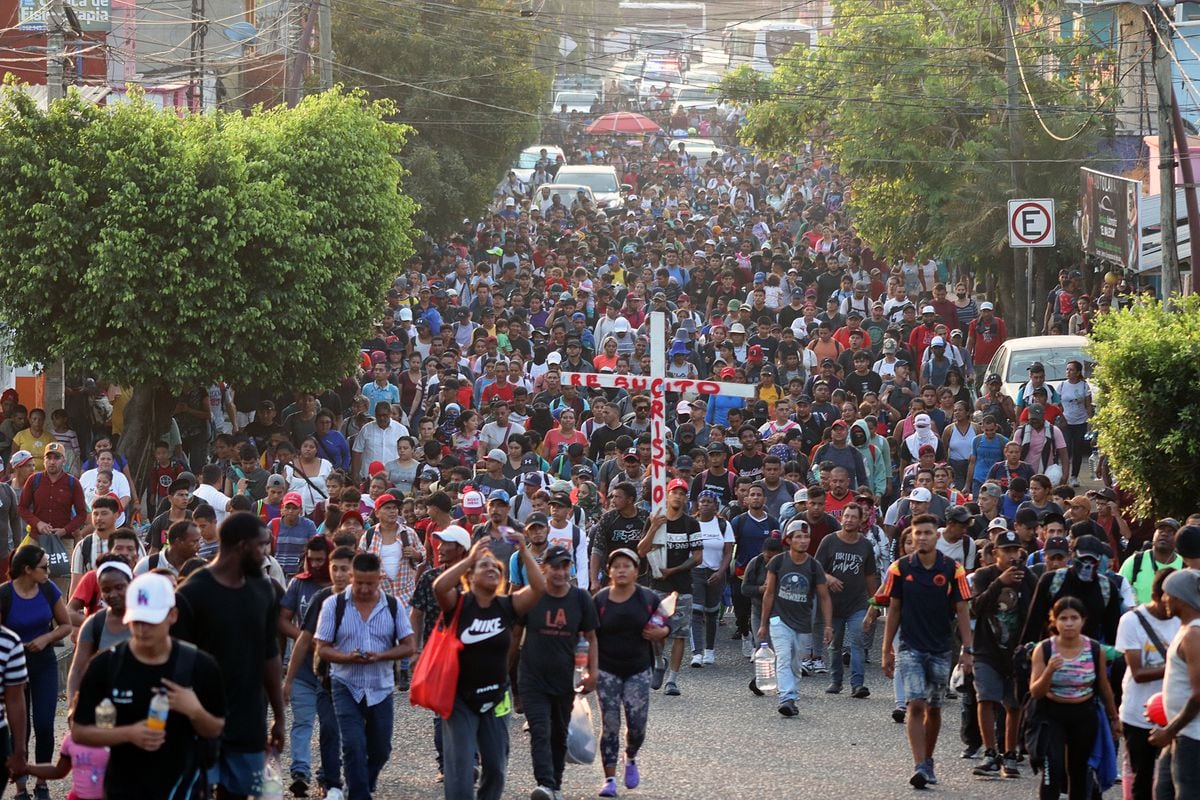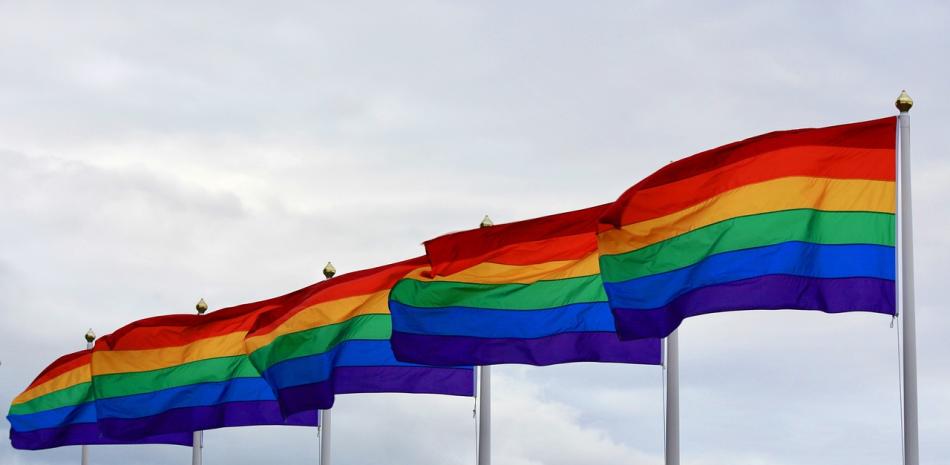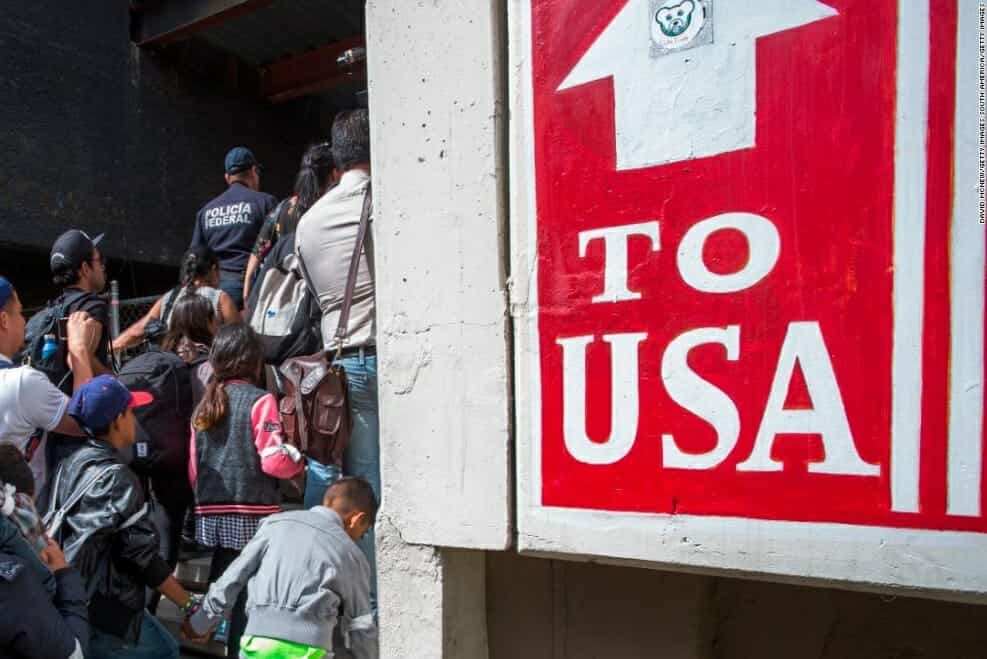Migrant Caravan: Little Babel Moves to the United States

Venezuela, Honduras, Cuba, Haiti, El Salvador, Ecuador, Nicaragua, China and Sudan. This Monday, March 24, the caravan of migrants heading from southern Mexico to the United States is made up of migrants from different parts of the world. This is a reflection of Tapachula, the city from which they left, through which, according to the reports of the National Migration Institute (INM), only in the year 2023, people from 103 countries of the five continents passed through, a small “Babel” where they fled from the crisis in their countries. The departed come together to seek a better future.
Around noon this Monday, a group of 30 people took shelter under the shade of the Viva Mexico Bridge after walking for about four hours in the sun. That clamor for relief from 37 degrees Celsius was dominated by Venezuelans, Cubans and Hondurans, but there was also a group of Chinese, Haitians and Africans who tried to communicate with the few words of Spanish they could. Pronounce.. A young 37-year-old Chinese man, overcome by the heat and the 14-kilometer walk, was trying to join the evacuees, asking to return to Tapachula. A man from Sudan was trying to buy water by typing Arabic into Google Translate on his phone. A Haitian spoke Creole and leaned over another Haitian who spoke good Spanish to ask how long it would take to get to Mexico.
A caravan of migrants, about 2,000 according to their spokesmen, left this Monday, breaching the bureaucratic border and fear that Tapchula has become in recent years. In this city, according to local activists, around 40,000 migrants from around the world are trapped, making it a city where the consequences of the current global crisis are concentrated, which has created an unprecedented migration crisis. Tapachula is a kind of cosmopolitan city in its most miserable version.
Interviewed with the help of Google Translate, Fan Huan H. The unnamed Chinese man claimed he was fleeing threats from the government of a province in the People’s Republic of China in the north of the country. “It’s a very long problem to explain,” he says. A Sudanese man named Salah, originally from the Dafur region, says he came here to flee the ethnic wars ravaging his country and stopped studying. A Haitian named Andre says he fled Port-au-Prince because gangs in his neighborhood came at night to rob, kill or rape women in their own homes. In Spanish, several Hondurans say they are fleeing gang violence, one Ecuadorian, drug-trafficking violence, and one young Salvadoran claims he fled his country after being harassed by police under Bucal’s emergency regime and falsely accused of being a gang member. was This fleet is like a gathering of all the evils of the world.
The migrants left this Monday hoping to be able to reach first Mexico City and then the United States border. However, they made some progress. The oppressive heat in the region, along with the fact that they had to travel on foot over boiling roads at midday, caused most to stay in the nearest town of Huhuatan, more than 3,700 kilometers away, just 14 kilometers from Tapachula. They take so long to reach the border.
The convoy was led by Father Heyman Vásquez, a priest and human rights defender, who accompanied the departure of the migrants along with activist Luis Villagrán. However, the two leaders left several kilometers away after leaving the march.
In the crowd were women, children, young and old with tragic life stories, with brutal pasts but with much hope. After reaching Huhuten, at 3:30 pm, the migrants arrived exhausted from the heat and exhaustion. There, a health camp awaited them from the NGO Operation Blessing in association with UNICEF, which immediately dedicated itself to the care of migrants who arrived with heatstroke or dehydration. A Honduran woman from Olancho was carrying her unconscious 18-month-old daughter in her arms. According to the woman, the girl started vomiting halfway through and then stopped responding. The girl was also suffering from hydrocephalus. After waiting for about an hour, she was taken to the hospital by ambulance from Huhuten.
Another part of the caravan followed the road to Huixtla, a town further on, and the others dispersed in search of transport by their own means. The two groups that have been united will try to continue on their way this Tuesday with the hope of reaching Mexico City in a few weeks.
Migrants face serious dangers on their way as, in their quest to avoid immigration checkpoints along the way, they stray onto roads between mountains or cross private properties where they become victims of kidnapping, extortion and other crimes.
The southern region, and particularly the state of Chiapas, has escalated its violence as it is in the middle of a dispute between two of Mexico’s most powerful cartels, the Sinaloa Cartel and the Jalisco Nueva Generation. In recent weeks, there have been reports of killings and mass kidnappings of migrants in the area, allegedly by organized crime.
Subscribe to the EL PAÍS Mexico newsletter and for Whatsapp channel And get all the key information on current events in this country.

:quality(85)/cloudfront-us-east-1.images.arcpublishing.com/infobae/JNUBCXACBBDK7MN5XHAPW6KA3E.jpg)

:quality(85)/cloudfront-us-east-1.images.arcpublishing.com/infobae/3HS4HIVWHZFPJG7AO7HAFQFF2M.jpg)

